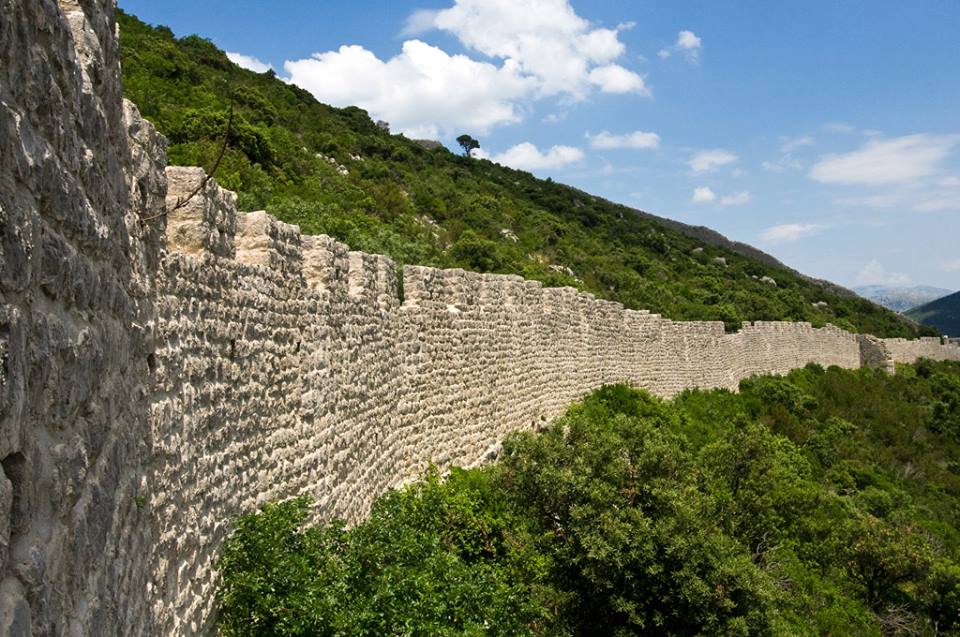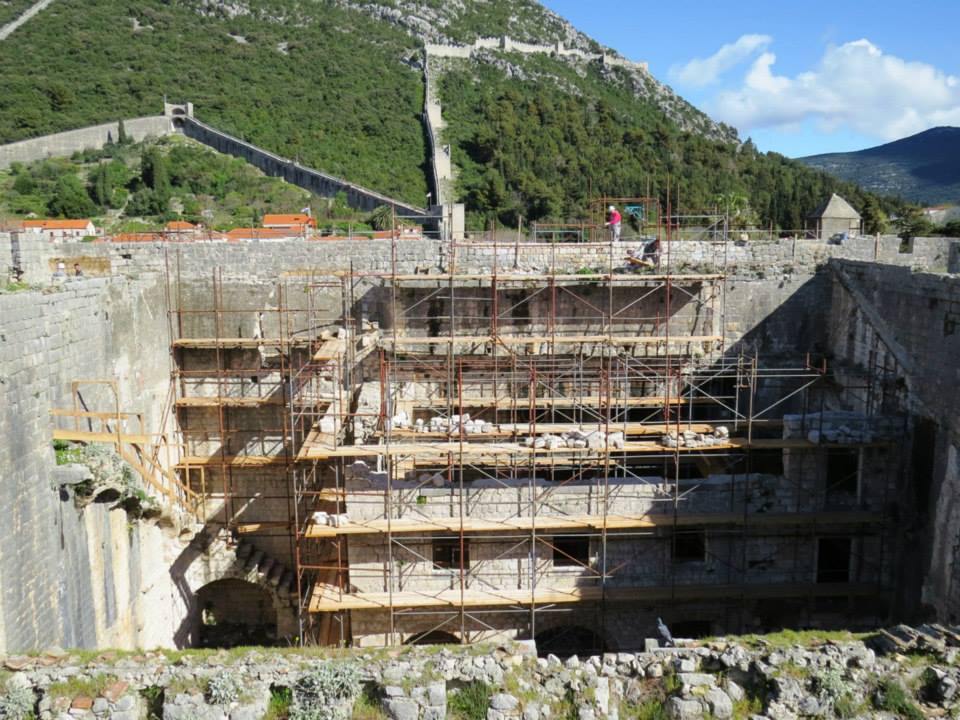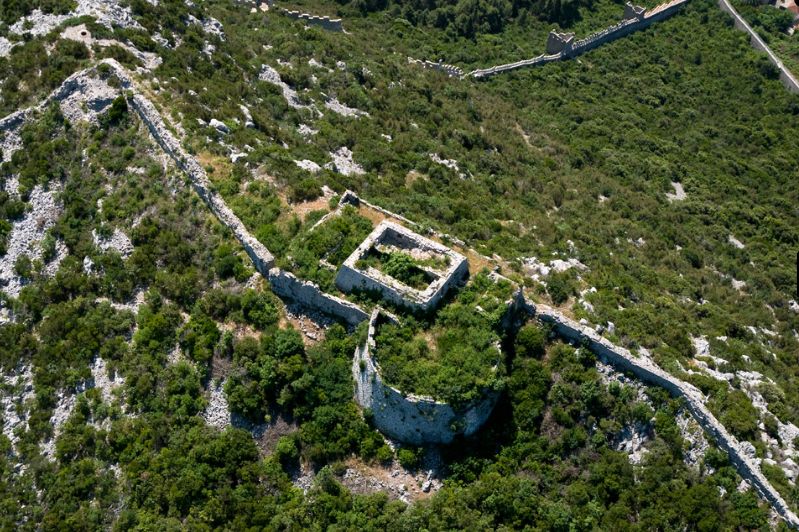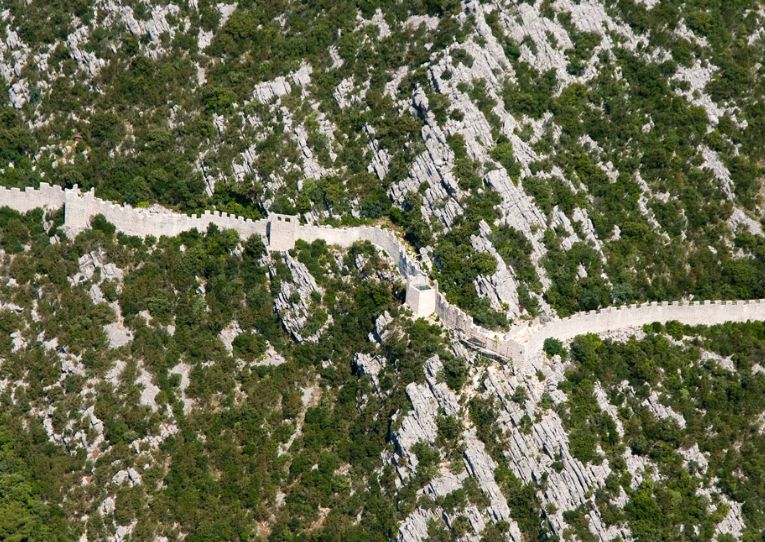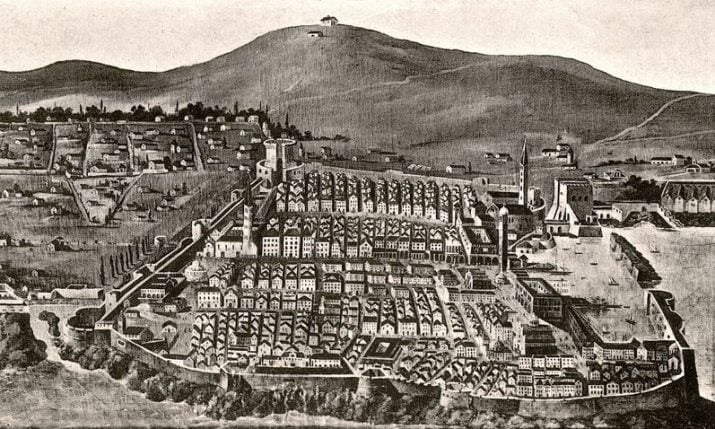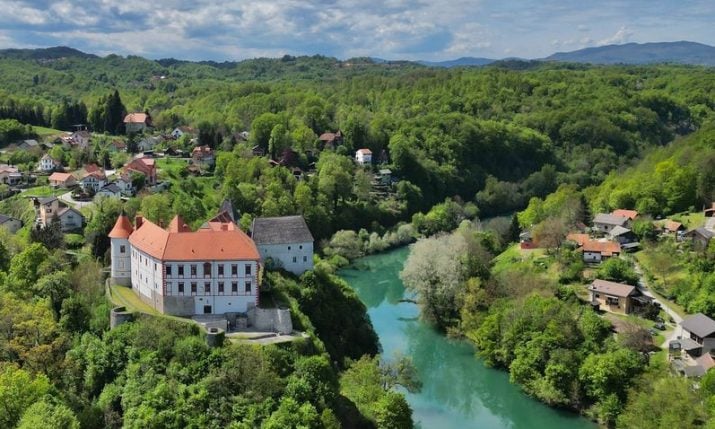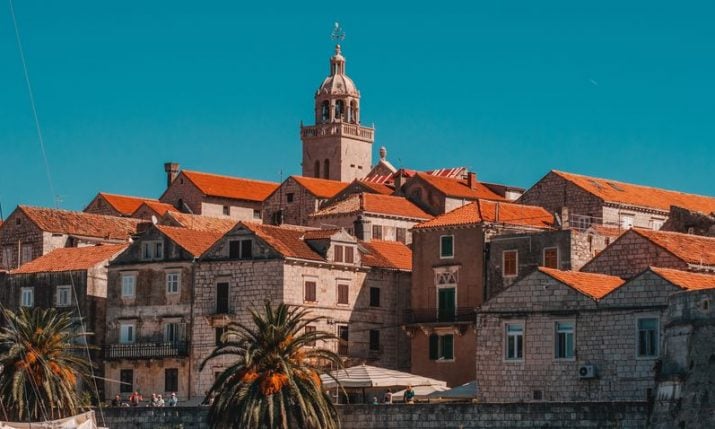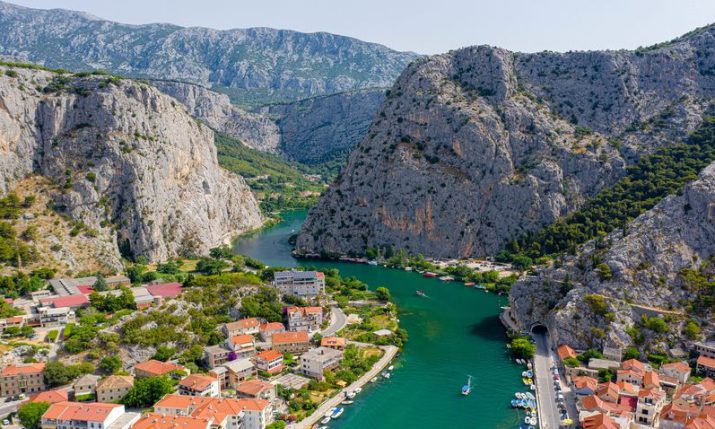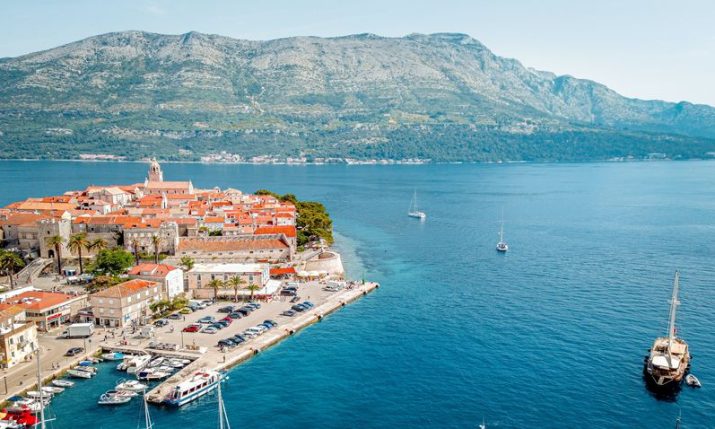[PHOTOS] Walls of Ston – 2nd Longest Preserved Fortification System in the World
- by croatiaweek
- in Latest
Known as the “European wall of China”, the Walls of Ston in southern Croatia have again proved popular with tourists this year…
After the Great Wall of China, the magnificent Walls of Ston are the longest preserved fortification system in the world and tourists now have a chance to visit the biggest fortress, Veliki kaštio, which has just undergone a major restoration project.
Over 50,000 tourists visit the Walls of Ston annually. The series of defensive stone walls, originally more than 7 kilometres long, were built in the 14th and 15th century by Dubrovnik and Ston citizens to protect the city of Ston, which was part of the Republic of Ragusa. Over 400 years were taken to built the impressive complex.
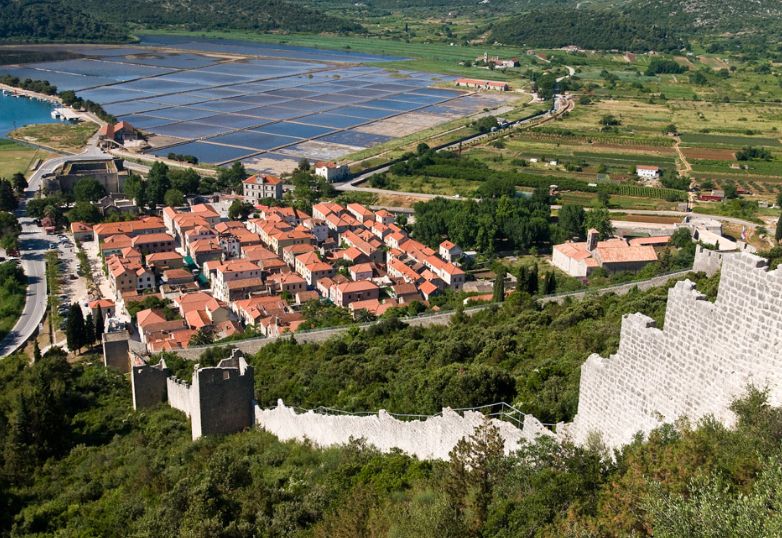
The wall today links Ston to Mali Ston, and is in the shape of an irregular pentangle. It was completed with its 40 towers (20 of which have survived) and 5 fortresses. Within, three streets were laid from north to south and three others from east to west.
The town was entered by two city gates and the centres of the system are the fortress Veliki kaštio in Ston, Koruna in Mali Ston and the fortress on Podzvizd hill (224 m). Noted artists who worked on the walls project were Michelozzo, Bernardino Gatti of Parma and Giorgio da Sebenico (Juraj Dalmatinac).
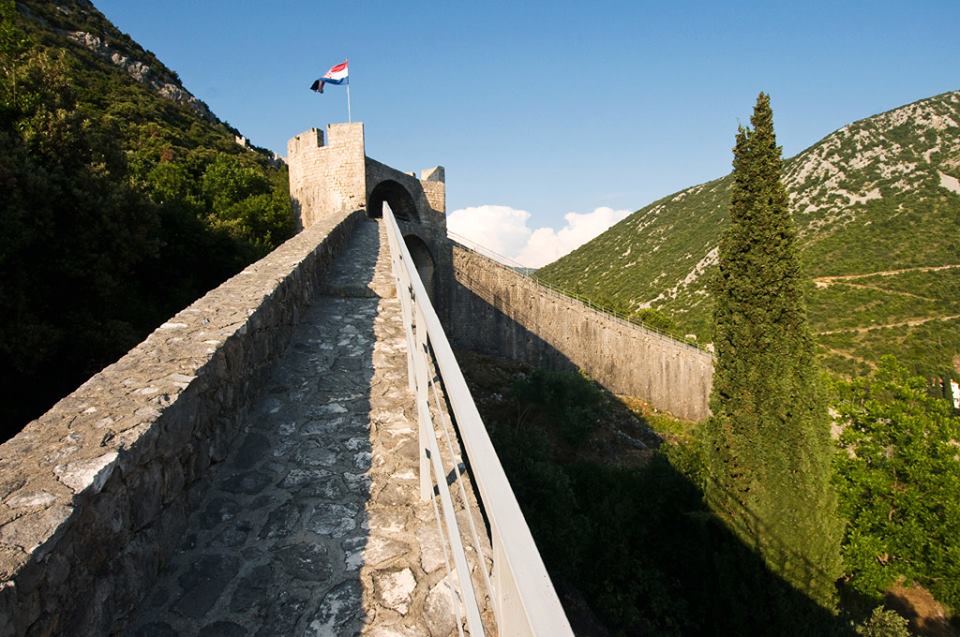
The city plan of Dubrovnik was used as a model for Ston, but since Ston was built on prepared terrain, that model was more closely followed than Dubrovnik itself. In terms of infrastructure like water mains and sewers built in 1581, Ston was extraordinarily unique in Europe.
(photo credits: Ljubo Gamulin / Društvo prijatelja dubrovačke starine)

